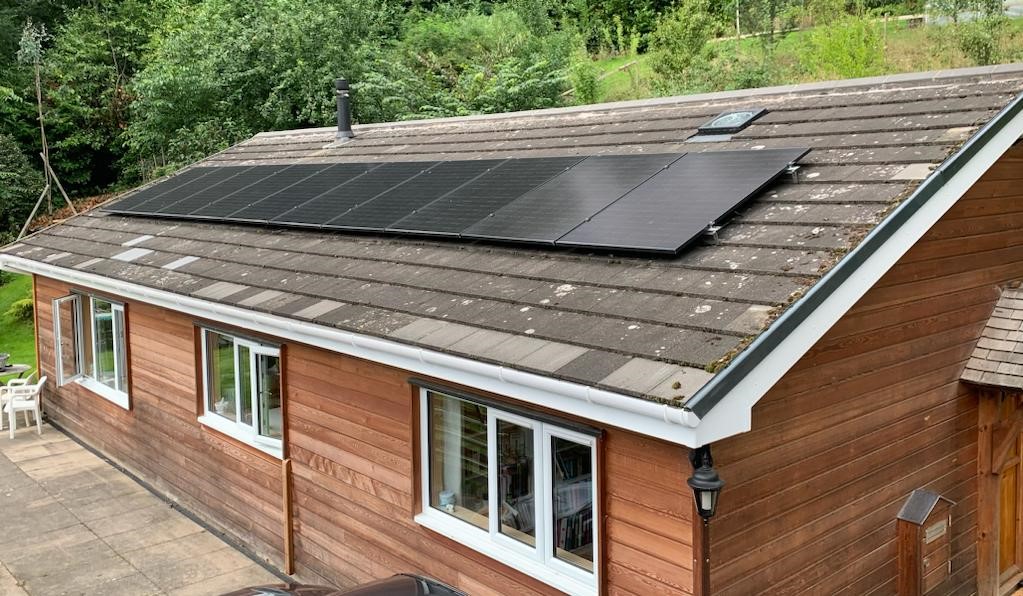Domestic Solar PV installation for an environmentally conscious homeowner
The project aimed to provide a sustainable and cost-effective energy solution while reducing the carbon footprint of the household. This case study showcases the successful installation on a domestic house, highlighting the benefits gained by the homeowner.
Client Background: The client, Mr. Smith, is a homeowner who was seeking ways to decrease his reliance on fossil fuels and reduce his electricity bills. With a genuine interest in green living and renewable energy, he decided to explore the option of installing a solar PV system on his property.
Project Scope: The project involved designing and installing a solar system to generate a significant portion of Mr. Smith’s electricity consumption. The system size was determined by evaluating the available rooftop space, solar irradiation levels, and Mr. Smith’s energy needs.
Key Steps:
Initial Consultation and Energy Audit: Our team conducted an initial consultation with Mr. Smith to understand his energy goals, budget, and timeline for the project. We also conducted an energy audit to assess his electricity consumption patterns and identify areas of for improvement.
System Design and Customization: Based on our findings, we designed a customised system to best meet Mr. Smith’s energy requirements. The design incorporated high-quality solar panels, inverters, and a mounting structure suitable for his roof orientation and tilt angle to maximize energy production.
Financial Analysis and ROI Calculation: We performed a financial analysis to estimate the return on investment of the system. This analysis included projected energy savings, available government incentives, and the payback period of the system. We presented the analysis to Mr. Smith to help him make an informed decision.
Installation and Commissioning: Once Mr. Smith approved the design and financial aspects, our skilled installation team began work. This involved mounting the solar panels securely on the rooftop, connecting the electrical components, and integrating the system with the household’s electrical system. Strict adherence to safety protocols and industry best practices was ensured throughout the installation.
System Monitoring and Maintenance: To ensure optimal performance, we implemented a monitoring system. This allows Mr. Smith to track the production and performance of his solar panels. Regular maintenance check-ups were scheduled to catch any potential issues and maintain the system’s efficiency.
Results and Benefits:
Reduced Energy Costs: Following the installation, Mr. Smith experienced a significant reduction in his electricity bills. The solar system generated a large portion of the household’s electricity needs, resulting in noticeable savings.
Environmental Impact: The solar PV system greatly reduced the carbon footprint of the household by producing clean, renewable energy. This means Mr. Smith is actively contributing to a greener and more sustainable future.
Return on Investment: The financial analysis conducted prior to installation showed a favourable ROI. The savings in electricity bills, combined with government incentives and tax credits, ensured that the system paid for itself within a reasonable period.
Energy Independence: With the solar PV system in place, Mr. Smith gained a level of energy independence. The ability to generate his own electricity reduced his reliance on the grid, and protected him against rising electricity costs.
Conclusion:
By embracing solar energy, Mr. Smith achieved his goals of reducing energy costs and minimising his carbon footprint. The project demonstrated the effectiveness of solar PV technology in providing sustainable and cost-effective energy solutions for residential properties.



